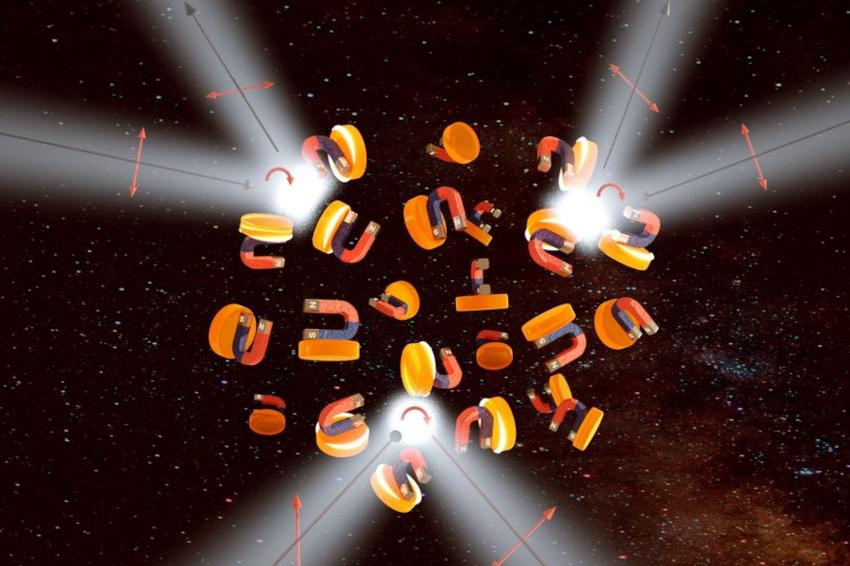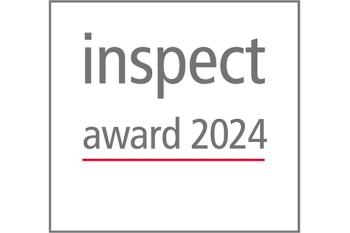A new optical metamaterial makes true one-way glass possible
15.03.2024 - The metamaterial is formed by randomly oriented bi-material nanocylinders in a host medium.
A new approach has allowed researchers at Aalto University to design a kind of metamaterial that has so far been beyond the reach of existing technologies. Unlike natural materials, metamaterials and metasurfaces can be tailored to have specific electromagnetic properties, which means scientists can create materials with features desirable for industrial applications. The new metamaterial takes advantage of the nonreciprocal magnetoelectric (NME) effect.
The NME effect implies a link between specific properties of the material – its magnetization and polarization – and the different field components of light or other electromagnetic waves. The NME effect is negligible in natural materials, but scientists have been trying to enhance it using metamaterials and metasurfaces because of the technological potential this would unlock. “So far, the NME effect has not led to realistic industrial applications. Most of the proposed approaches would only work for microwaves and not visible light, and they also couldn’t be fabricated with available technology,” says Shadi Safaei Jazi. His team designed an optical NME metamaterial that can be created with existing technology, using conventional materials and nanofabrication techniques.
The new material opens up applications that would otherwise need a strong external magnetic field to work – for example, creating truly one-way glass. Glass that’s currently sold as one-way is just semi-transparent, letting light through in both directions. When the brightness is different between the two sides, it acts like one-way glass. But an NME-based one-way glass wouldn’t need a difference in brightness because light could only go through it in one direction.
“Just imagine having a window with that glass in your house, office, or car. Regardless of the brightness outside, people wouldn’t be able to see anything inside, while you would enjoy a perfect view from your window,” says Safaei. If technology succeeds, this one-way glass could also make solar cells more efficient by blocking the thermal emissions that existing cells radiate back toward the sun, which reduces the amount of energy they capture. (Source: Aalto U.)









